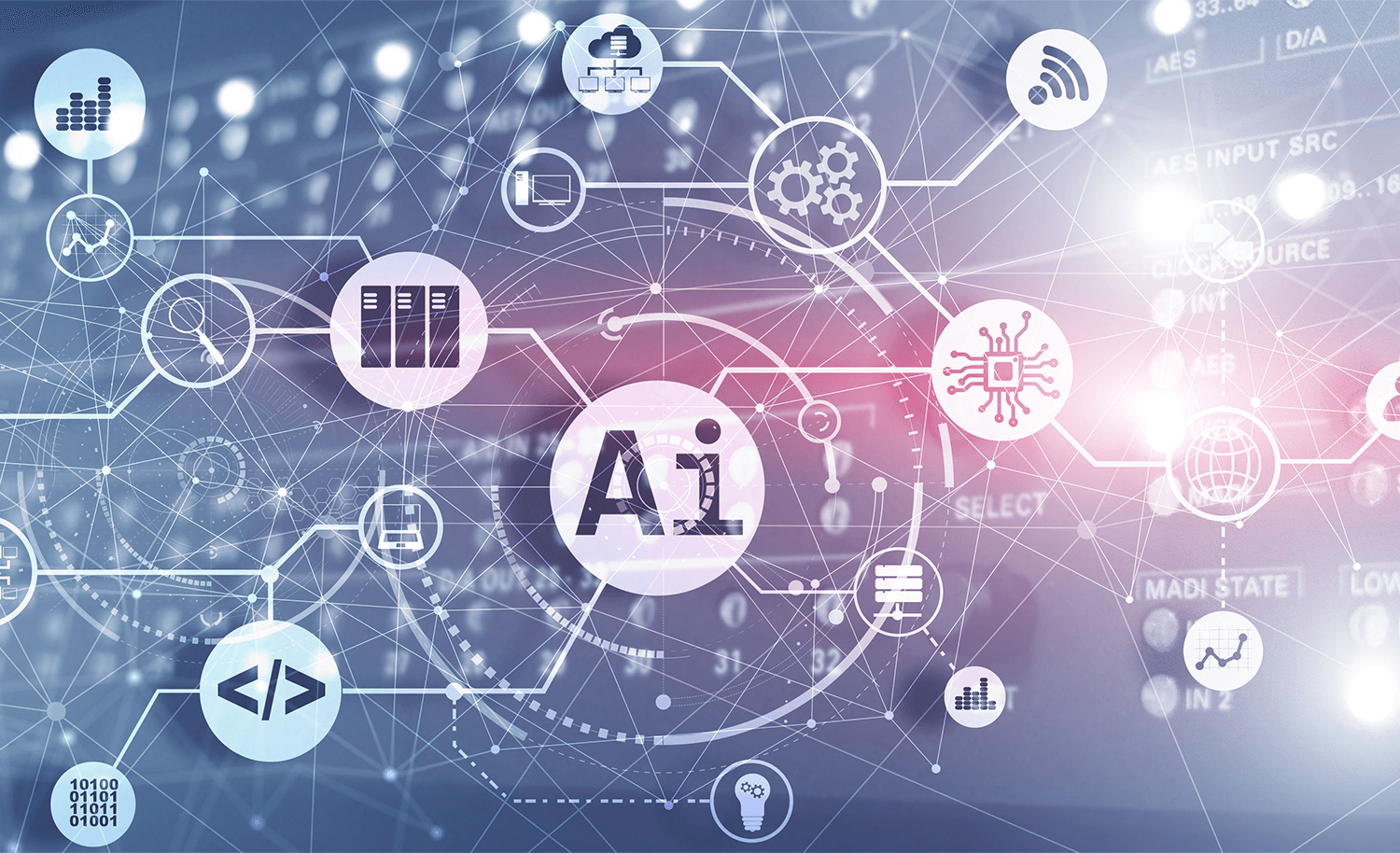Industrial Design is a subject which entails design and manufacture of big selection of client products. Shortly after the Industrial Revolution, manufacturing facility machinery and tools started being built with design concerns closer to what we think of at present as “ergonomics.” Most of those designs, nonetheless, had been created to increase the pace and efficiency of production, somewhat than to create comfort and/or ease of use for the workers involved.\n\nThey use their creative, business, and engineering abilities to design varied products for manufacturers. Employers require that candidates have a bachelor’s degree in industrial design, engineering, or another relevant subject. In addition to designing products, they have to also coordinate product growth.\n\nThe College of Applied Expertise presents comprehensive applications in design, engineering technologies and skilled trades. Tutorial principle blended with applied learning supplies a powerful academic foundation, while state-of-the-art services, work placements, and apprenticeships provide experiential learning in the classroom, and in the trade.\n\nThere are two major software throughout the industrial design trade. As a modeling software for product as well as industrial design, it is most likely top-of-the-line. As a result of it is a NURBS modeller, it is extremely suitable for accurate production-stage 3D digital modelling.\n\nTo be able to apply the strategies of business design to a product, it has to adaptable to a change in structure. The finished products have improved utility and a lower price of production. Industrial design colleges help the students to grasp the way in which during which the cost of production may be minimized, how the quality may be improved and tips on how to make the product look enticing. \n\nThis discussion, while acknowledging that physical infrastructure is necessary, suggests that traditional brick and mortar structure does not necessarily provide the most effective setting for undertaking work. From these numbers, one can make out that 21st century employees do not perform in a conventional vertical or linear organizational design.\n\n
\n\nThis discussion, while acknowledging that physical infrastructure is necessary, suggests that traditional brick and mortar structure does not necessarily provide the most effective setting for undertaking work. From these numbers, one can make out that 21st century employees do not perform in a conventional vertical or linear organizational design.\n\n
July 22, 2025
4:51:58 AM


![Experience the Future with [Feature Name] Experience the Future with [Feature Name]](https://images.unsplash.com/photo-1482329833197-916d32bdae74?fm=jpg&q=60&w=3000&ixlib=rb-4.0.3&ixid=M3wxMjA3fDB8MHxzZWFyY2h8Nnx8bmV3JTIwZmVhdHVyZSUyMGxhdW5jaHxlbnwwfDB8MHx8fDI%3D)






